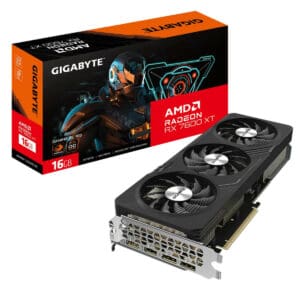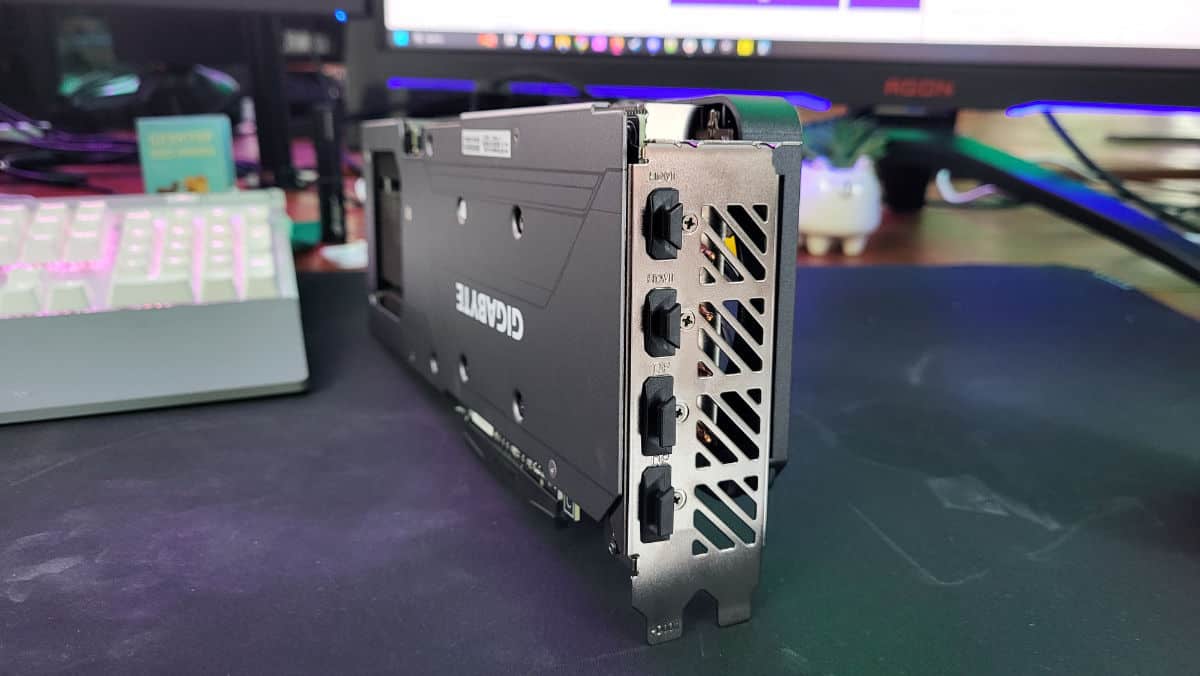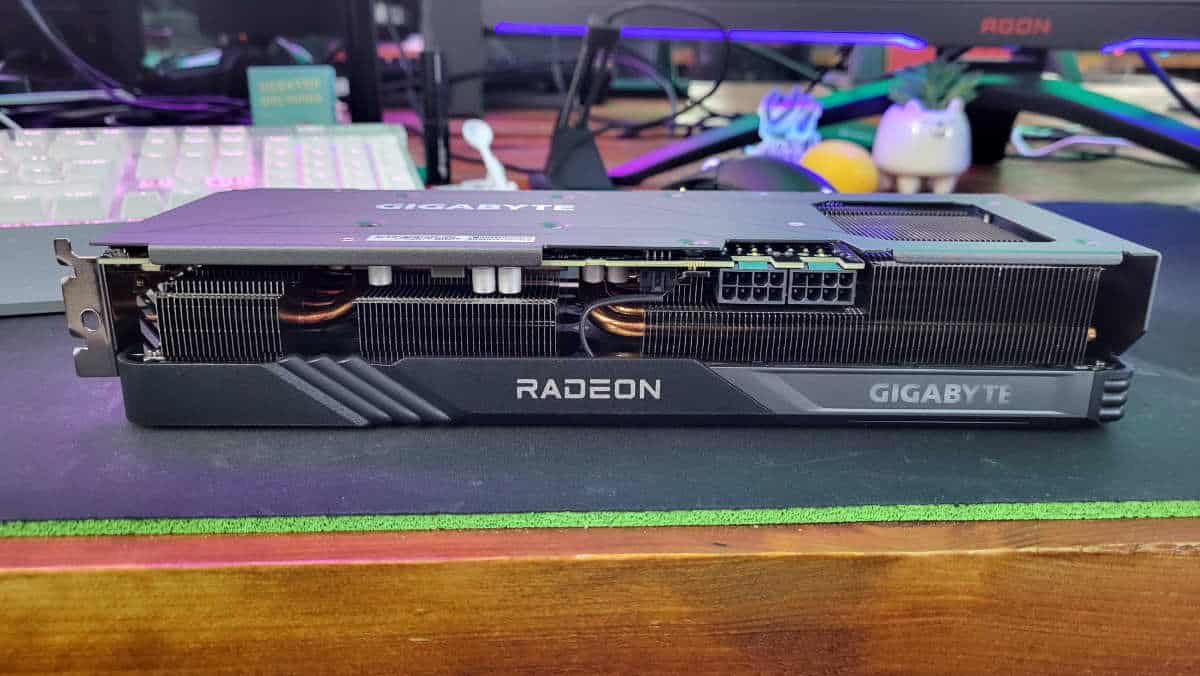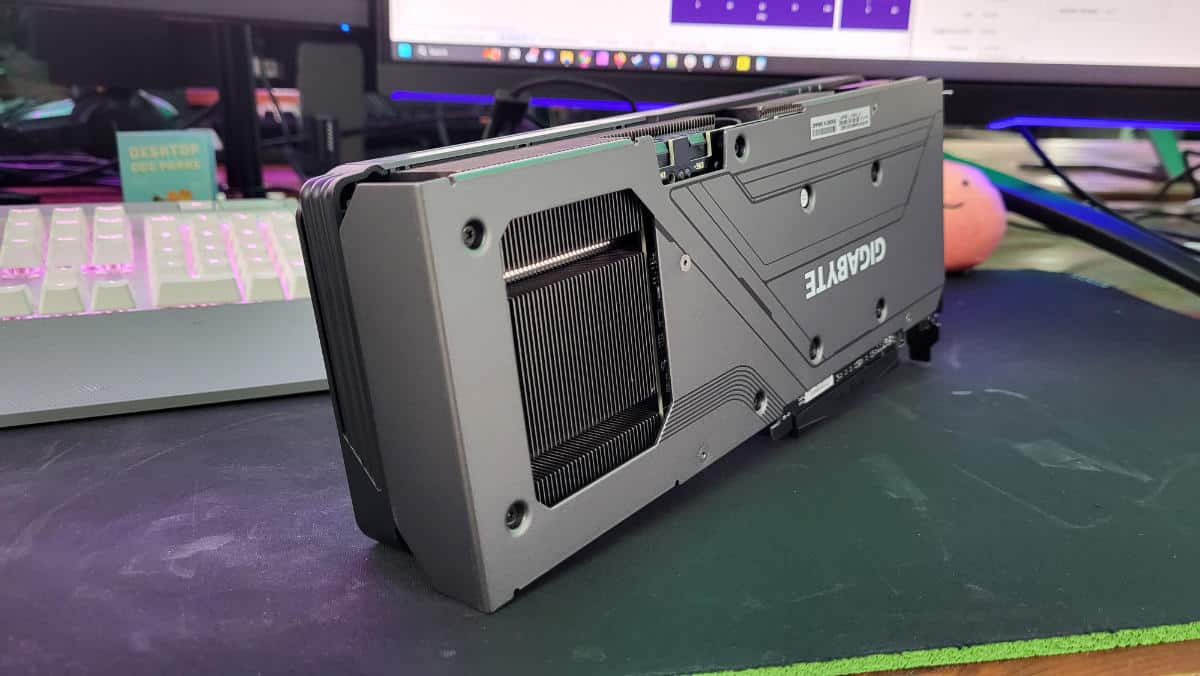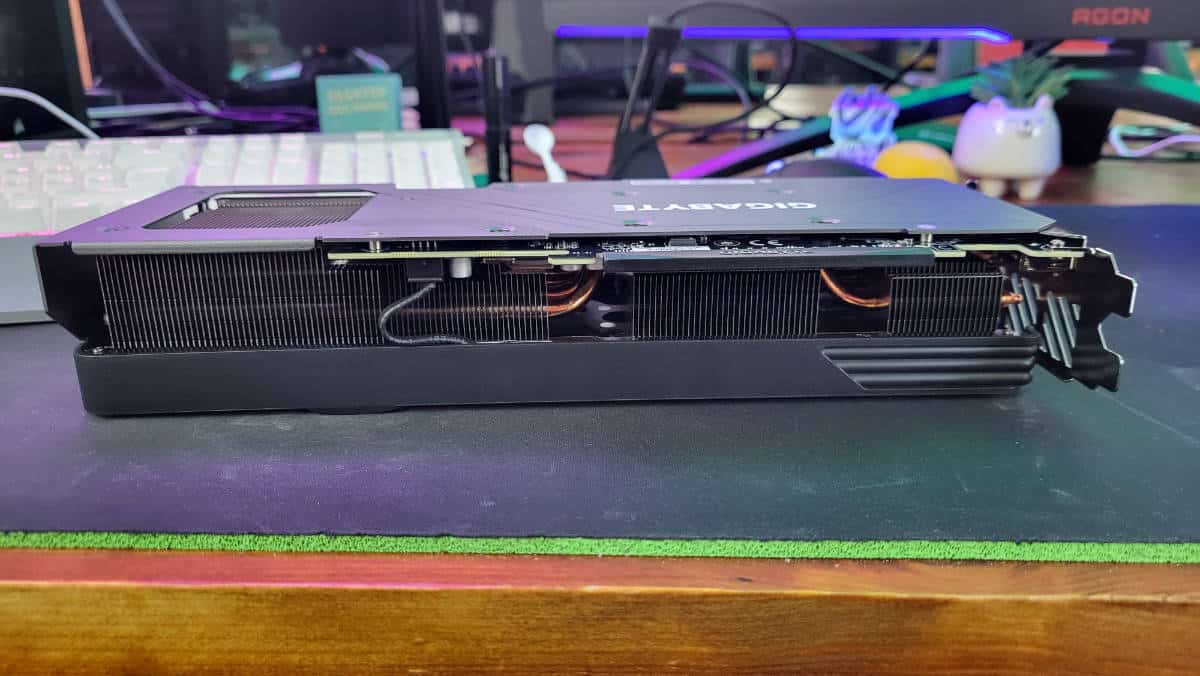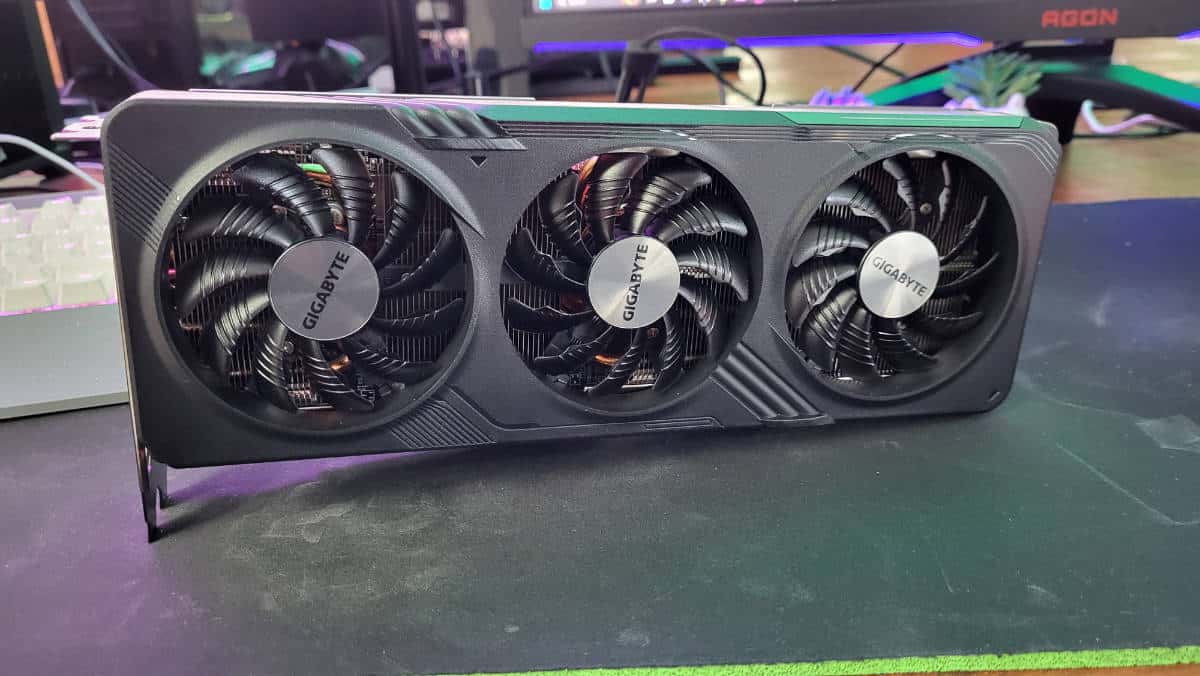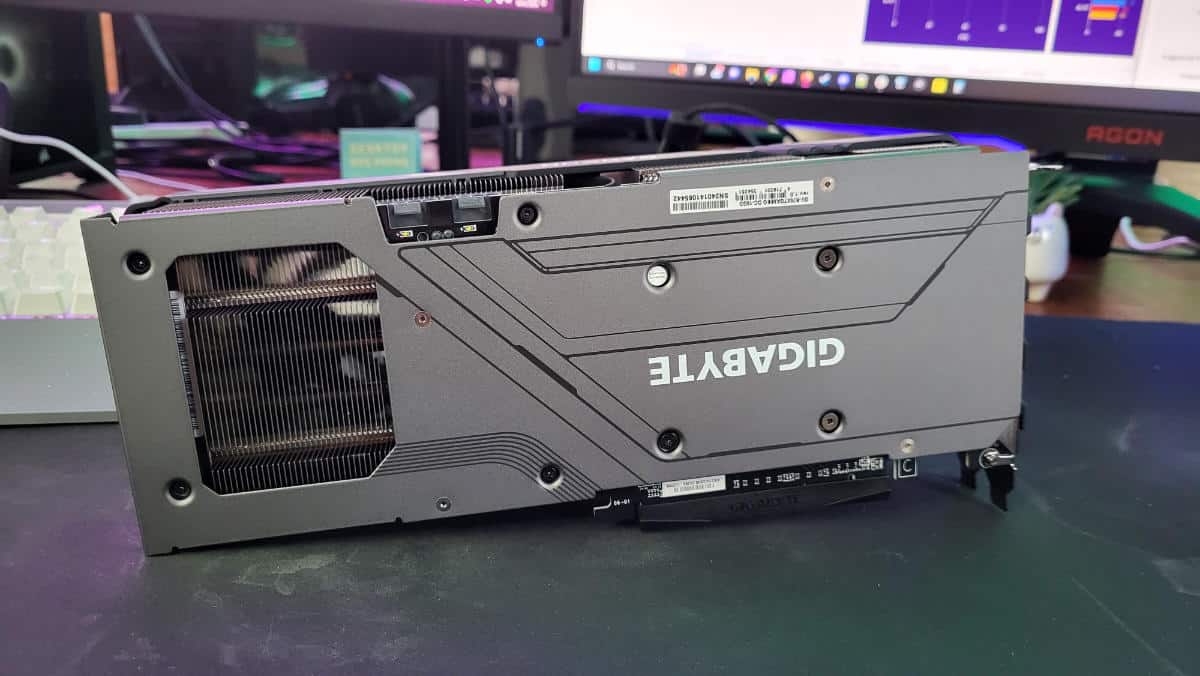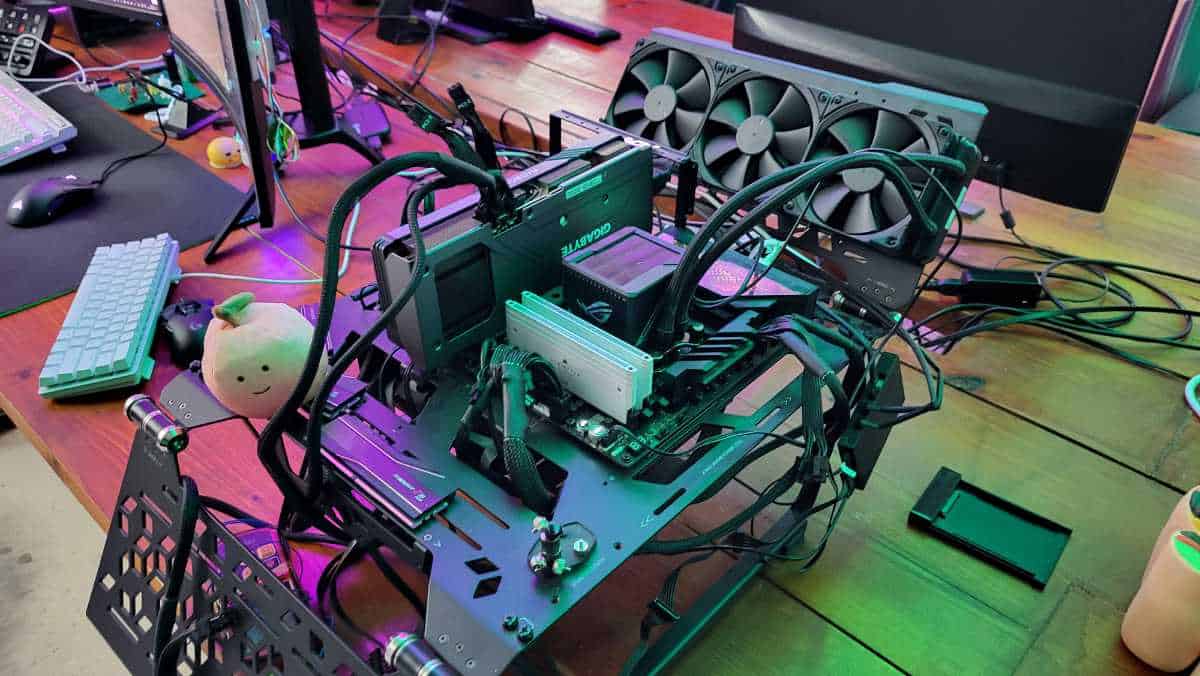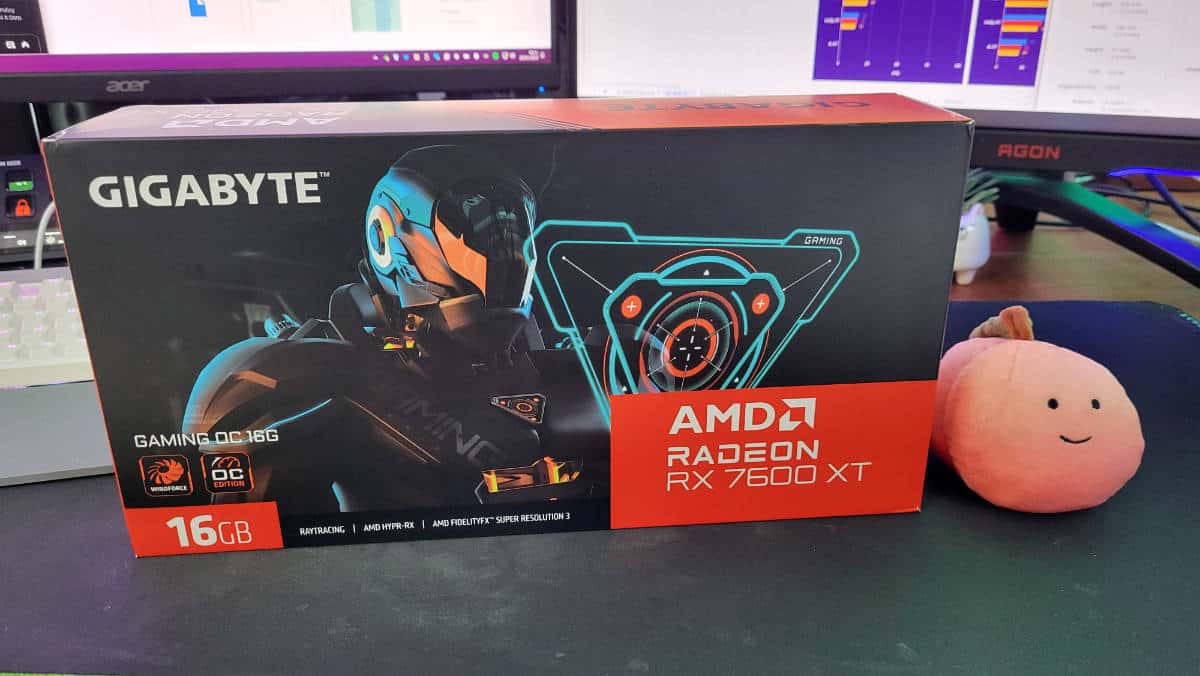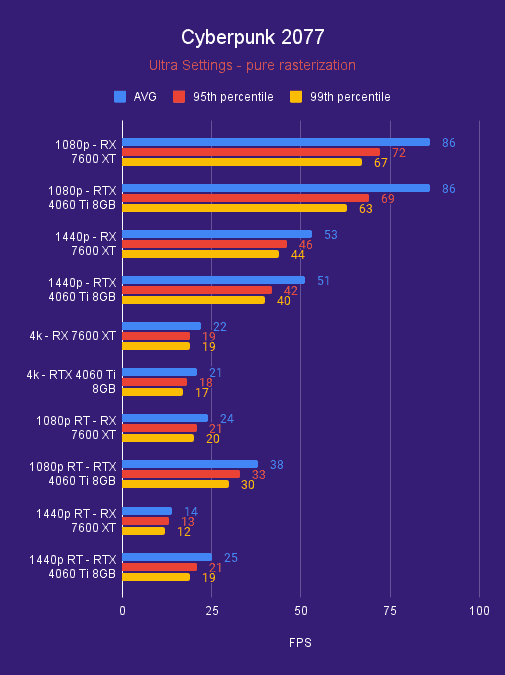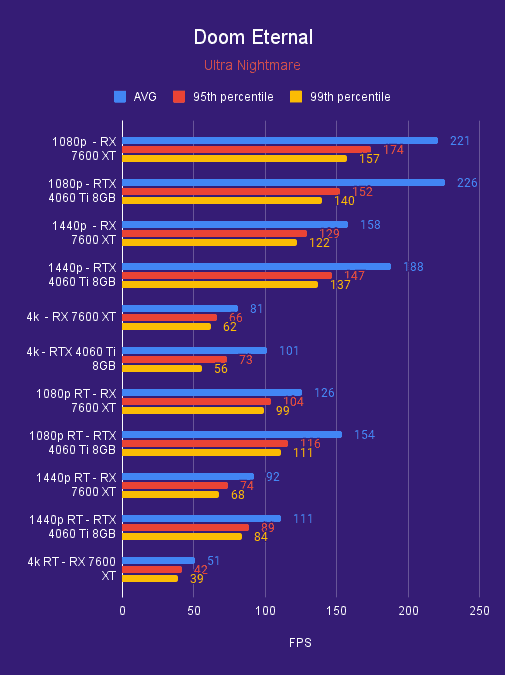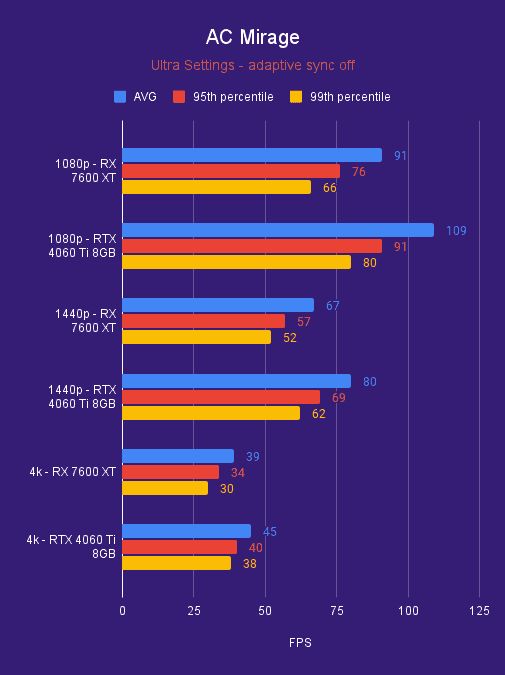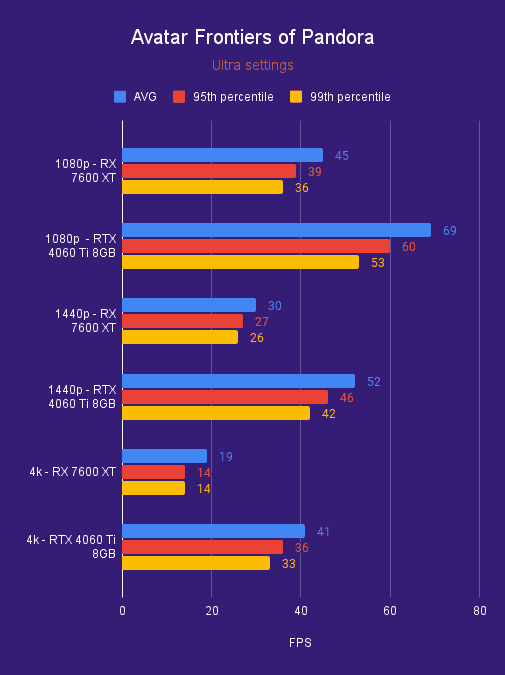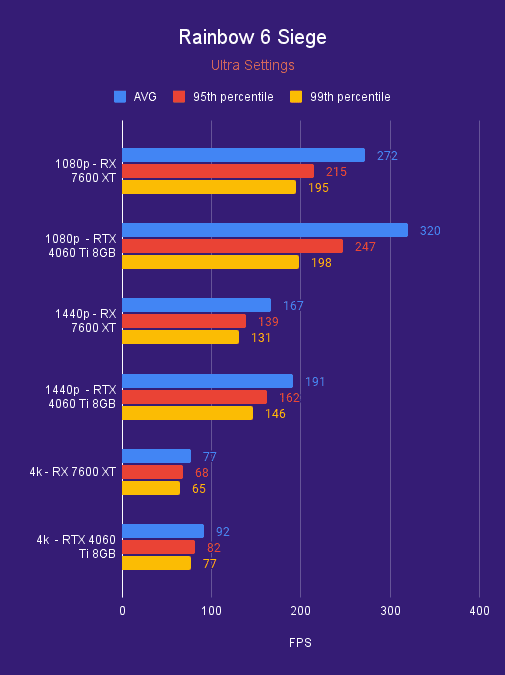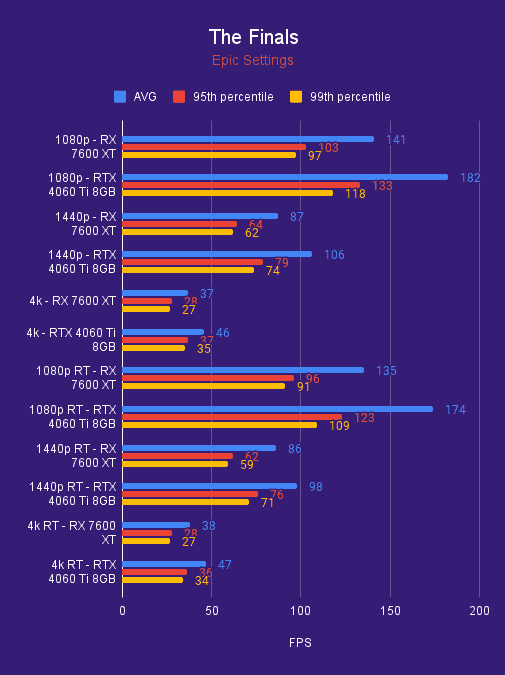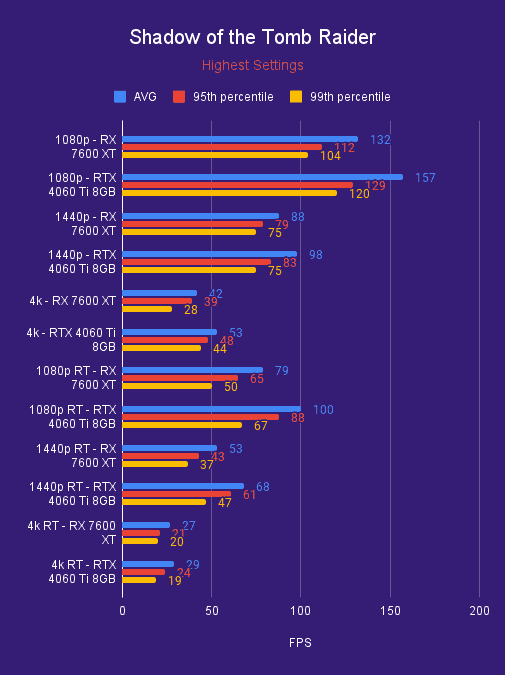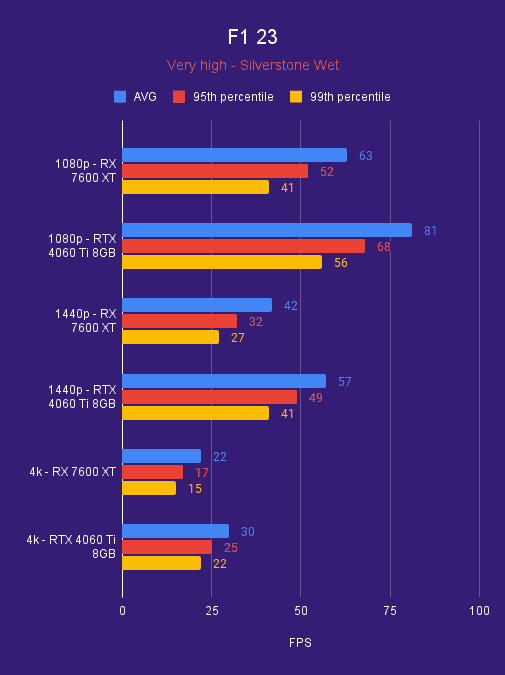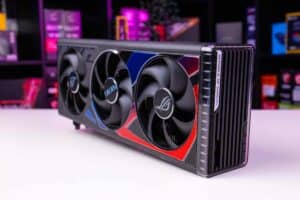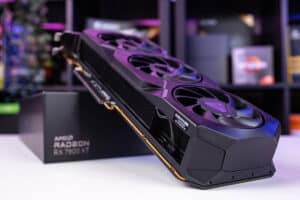Gigabyte Gaming OC RX 7600 XT review – is the 7600 XT worth it?
Looking for what AMD has to offer with the RX 7600 XT, we find out if it is worth it
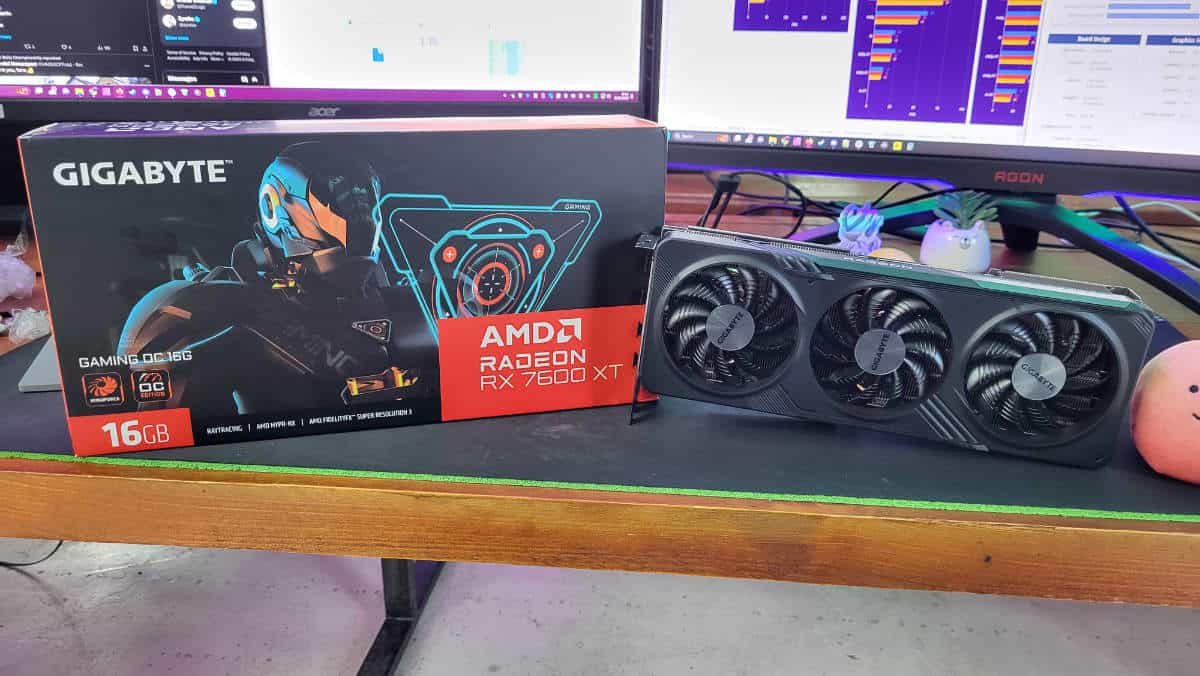
WePC is reader-supported. When you buy through links on our site, we may earn an affiliate commission. Prices subject to change. Learn more
RDNA 4 has expanded once again alongside Nvidia’s 40 series. With the addition towards the lower end, we review the Gigabyte Gaming OC RX 7600 XT and find out if the card itself is worth it. Usually offering up a great choice for value but does it still provide enough for a good choice of a graphics card?
Now the 7600 XT release comes at an interesting time as Nvidia launched its range of new 40 Super series of cards. In particular on the same day as the 4070 Ti Super, although as an upgrade to the 7600, we can’t imagine it’s going to be a direct competitor to it. But it also might be coming for a good upgrade to the range a better value, although not a direct replacement like the Super range.
Just before the lower-tier choice, we had the 7600 and 7700 XT, so it might bridge the gap for an even better range of options. But can it even contend with Nvidia’s GPUs, most likely not this generation at least, but the value of AMD GPUs is usually better so it might just have that going for it? Let’s find out.

Gigabyte Radeon RX 7600 XT GAMING OC
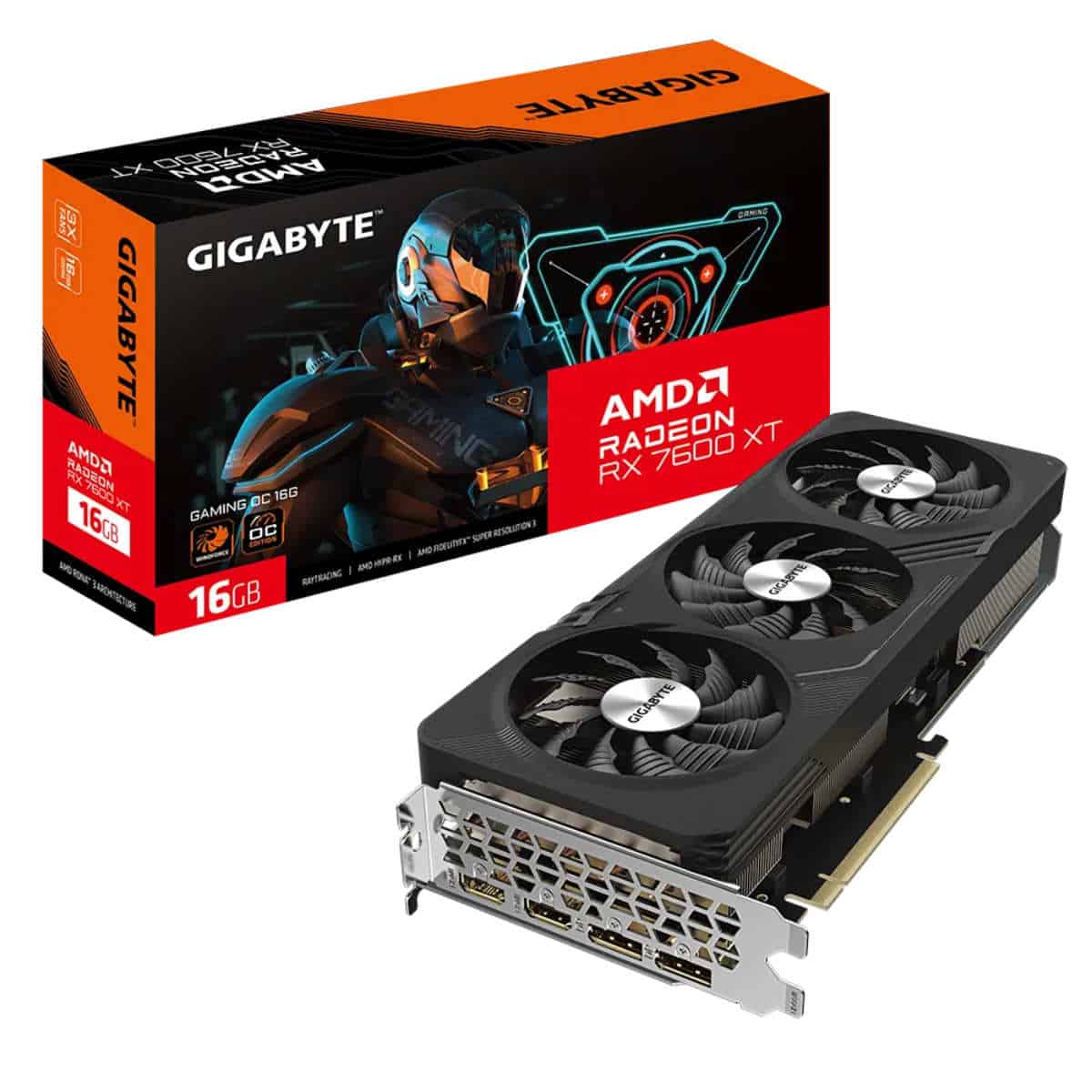
Core clock speed
2810MHz boost, 2539MHz game
Streaming processors
2,048
Memory
16GB GDDR6
Dimensions
281.4 x 116.6 x 52.6 mm
PSU required
600W
TBP
190W
Best GPU deals
- ASUS TUF Gaming GeForce RTX 4070 Ti Super –
- XFX Speedster QICK319 Radeon RX 6750XT CORE Gaming Graphics Card with 12GB GDDR6 HDMI 3xDP, AMD RDNA 2 RX-675XYJFDP – Save 22% NOW!
- ZOTAC Gaming GeForce RTX 4060 Ti 8GB Twin Edge OC White Edition – Save 5% NOW!
- ASRock Phantom Gaming Radeon RX 7900 XTX – Save $50 now!
- GALAX GeForce RTX 4070 – Save 24% now!
- ASRock Challenger Radeon RX 7800 XT – Lowest ever price
- MSI Gaming RTX 4070 Ti X Slim 12GB – Save 14% NOW!
- ZOTAC RTX 4060 Twin Edge OC White Edition – Save 15% NOW!
- ASUS ProArt GeForce RTX 4060 OC Edition – Save 11% NOW!
- ZOTAC GeForce RTX 4070 SUPER Twin Edge –
RX 7600 XT pricing
One of the more important features of any GPU is how much it costs to get. Now the RX 7600 XT has a launch price of $329, $60 more than the non-XT option. A rather nice price for a budget GPU, but it still is rather high on the low end, but that is just the general market these days and what you can expect to be paying.
The other options in this range you have to choose from are the previous-gen RX 6600 XT at $379, the RX 7700 XT above at $449, and the RTX 4060 Ti at $399 for 8GB and $499 for 16GB. This does make it one of the cheaper cards to go for unless the older gen has a good choice of deals. AMD is more likely to discount their range so those are a good option to go for especially if 1440p performance is available on it. The Gigabyte Gaming OC model does vary in price and sits above MSRP but we’ll see how effective it is.
Gigabyte Gaming OC RX 7600 XT design
Core clock speed
2810MHz boost, 2539MHz game
Streaming processors
2,048
Memory
16GB GDDR6
Dimensions
281.4 x 116.6 x 52.6 mm
PSU required
600W
TBP
190W
Memory clock
18 Gbps
Memory bus
128 bit
Card bus
PCIe 4.0 x8
Output
2x HDMI 2.1a, 2x DP 2.1
Power connectors
2x 8-pin
- Plenty of VRAM
- Slim design and simple looking option with great cooling solution
- Great build quality
- Requires two power connectors, high-power
- Not higher bandwidth memory or more processing cores than non-XT
First off, comparing the RX 7600 XT vs 7600 we find what the newer GPU has to offer and what kind of upgrades you can expect. But there we see not much is actually being upgraded, all that has changed is the increase in VRAM and the power required to run it as well. With a double up to 16GB, you might get a better capacity but the bandwidth stays the same so it’s not like there’s going to be a huge improvement maybe some for higher resolutions. That also means a 25W rise in TBP and a higher clock rate which might make it less efficient in running overall as Gamers Nexus investigated.
It’s a slightly better deal than what Nvidia has to offer but it’s not great either as it could just be a 7600 16GB model instead. It’s not exactly worth being a whole new GPU model. But the performance might just improve enough for it to be worth it.
As for the Gigabyte Gaming OC model, you do get a simple and stylish choice model. It comes with great build quality and a focus on cooling capability. Opting for a three-fan option that have a curved channel and spin in alternate directions to provide the best airflow pressure into the heatsink. It gets the heat from the 5 heat pipes and direct contact plate. That provides it with great cooling to keep the performance up there and not throttling down. The flow is also not impeded with the screen door and open sides to let it all out.
RX 7600 XT performance
The key factor to a good GPU is its performance and what you can expect from it. Of course on the lower tier of options we don’t expect to see it reach a good performance at the highest resolution but it sure can provide a good entry level. So we also compare it to the 4060 Ti 8GB that we also reviewed to find which is the better choice of the two.
Our test setup consisted of the following:
- Ryzen 9 7950X CPU
- ROG X670E Hero motherboard
- Phanteks 1000W PSU
- Corsair Dominator Titanium 64GB 6600
- ROG Ryujin II 360 AIO CPU cooler
Gigabyte Gaming OC RX 7600 XT gaming benchmarks
Overall the RX 7600 XT does fall behind the 4060 Ti 8GB in benchmarks, except where the VRAM capacity matters. As seen in Cyberpunk results, but that does fall behind in the ray tracing capability but pure rasterization. However, everywhere else it does sit behind the Nvidia GPU.
In CS2 the AMD GPU does run well overall, even a 60 FPS achievement in 4k. But behind the 60 Ti by 23%, 30%, and 30% in 1080p, 1440p, and 4k. Cyberpunk specifically averages the same at 1080p, 4% ahead at 1440p, and 4% ahead at 4k. Whilst with ray tracing it falls behind 58% in 1080p, and 78% at 1440p. But with the small amount of FPS on both, you want to alter settings and rely on upscaling.
Doom Eternal gets a similar result in the 7600 XT falling behind with a 2%, 18%, and 25% deficit in pure rasterization, whilst in ray tracing that goes to 22 and 20%, without a 4k result for the 4060 Ti since it doesn’t have enough VRAM for Ultra Nightmare ray tracing. AC Mirage that difference goes to 19%, 19%, and 15% across the three resolutions, whilst Avatar increases the lead of the 4060 Ti to 53, 73, and 115% with its tougher graphics.
Rainbow Six also has a difference of 17%, 14%, and 19% but is still at high framerates. The Finals also gets a difference of 29%, 21%, and 24% in static lighting. Going to dynamic also nets a 29%, 14%, and 24% drawback of the 7600 XT. Shadow of the Tomb Raider the 4060 Ti leads by 19%, 11%, and 26%, and ray tracing changes to 26%, 28%, and 7%. F1 23 utilizing ray tracing also means the 7600 XT falls behind by 29%, 36%, and 36% in 1080p, 1440p, and 4k respectively.
Is the RX 7600 XT worth it?
In general a 1-33% uplift in performance over the RX 7600, with the bigger jump from Cyberpunk benefitting the larger VRAM capacity on the XT. While also falling behind Nvidia’s RTX 4060 Ti 8GB, especially in ray tracing performance. But for a good value option for 1440p, it is a strong choice especially as you have access to the likes of RSR and other upscaling to push further in if you need it. Ultimately the 7600 XT isn’t as worth it as the Nvidia alternatives but a price drop would be better as it still demands a high price for the offering, but is an upgrade to its counterparts.

Gigabyte Radeon RX 7600 XT GAMING OC
